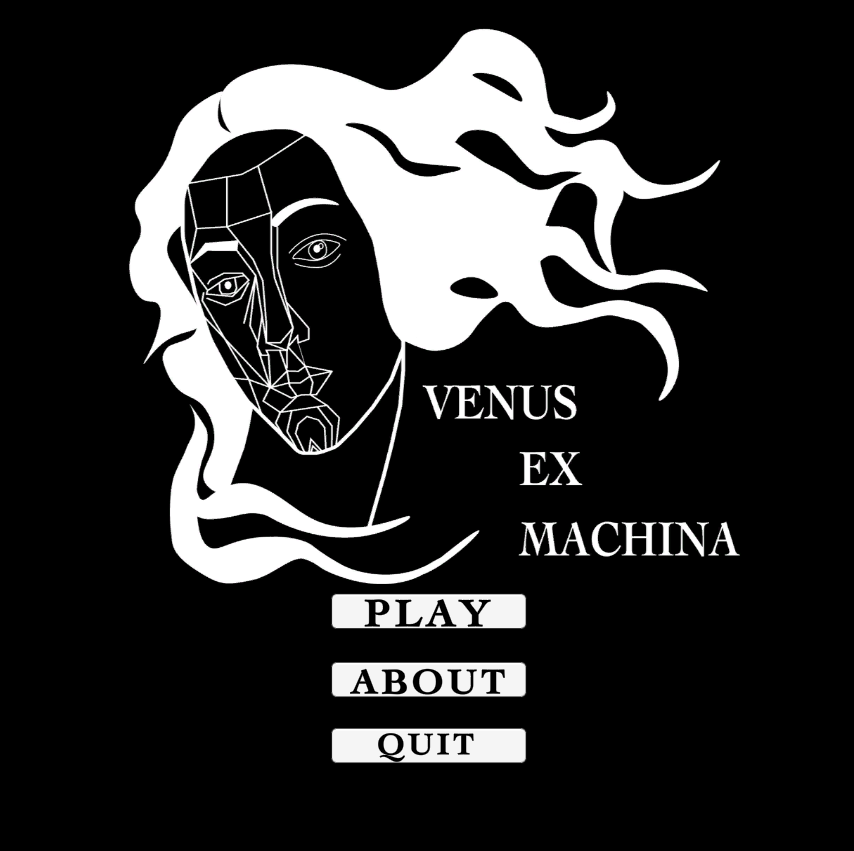
|
Venus Ex Machina
A speculative piece on buying anthropomorphic prosthetics in order to augment human capabilities. Would you want a scorpion tail or bunny ears? -Unity -C# -AutoDesk Maya -Rhinoceros 3D -Animation -Illustrator -Photoshop
|
|
A short video sample of the website. Or you can try it yourself: Click here to sample the project.
Technical Aspects of the Project Venus Ex Machina is an exploration into the future of body modification. Humans will be able to expand their capabilities through the use of easy-to-buy, non-humanoid prosthetics. Fashion, self-expression, bodily autonomy, and resolve; these ideas are present in a world where body modifications have been normalized, and are a painless procedure. Where do YOU draw the line on altering your body? I wanted to explore what the future of body modification could look like, and put it on an online platform to order, the same way we use Amazon to order all of our daily goods. I was heavily influenced by the idea of biomimicry, which is when human design something based off of an animal's characteristics. Extensive research went into this project in terms of the history of body modification, the history of prosthetics, and what non-humanoid prosthetics are available or being designed today.
|

This image shows an example of the interface used to select the prosthetic to order, created in Unity. Various prosthetics could be placed on the model at a time, as multiple prosthetics could be "ordered" at once. A scorpion tail and unicorn horn prosthetic are shown on the genderless model.
|
|
Here below is a sequence of all 8 prosthetics the user can chose from. All were 3D modeled in Rhinoceros 3D and Autodesk Maya. (The animated versions are available when they are sampled on the site/actual project.) 
|

The 3D models themselves were initally done in Rhinoceros 3D, and some were even 3D printed as prototypes.
|

This image is a sample of the rigging and 3D modeling done in AutoDesk Maya. This was an exploration into non-humanoid rigging, as all the prosthetics moved in unique ways.
|


The images above depict functional, and artistic prosthetics made under the "Alternative Limb Project" whose site can be found HERE. They were a HUGE influence in this project. They are a movement dedicated to expression of the self through a mix of unique prosthetics. Art and science coming together, all under the umbrella of assistive technology. I absolutely fell inlove!
|


These images show an example of a tentacle prosthetic made by artist Kaylenne Kau. Her site can be found HERE. At the beginning of my research into the prosthetic, the idea was to design a physical model such as the one Ms. Kau produced, or as ones seen in the Alternative Limb Project, but sadly due to Covid-19 restrictions, this idea had to be scrapped.
|

"A Cyborg Manifesto" was one of the most interesting reads within this whole project. It felt fundamental to my project as I was exploring the intersection of prosthetic design within humans, animals, and machines. 
"Research Methods for Product Design" helped me keep in mind the do's and don'ts of developing a product. As my piece was speculative, this was my foundation for the 'marketing' aspect of my project. 
"Design is Storytelling" helped me flesh out why exactly I chose the animals I did to mimic in prosthetics. (For example, the ant antennae were meant to help the user smell more. This was personal for me as I have anosmia and cannot smell, so I would get the ant antennae prosthetic in a heartbeat!) 
"Design Meets Disability" was also very influential to what I would like to continue exploring. Creating solutions or aids for disabilities can be well designed if we keep certain aspects in mind, and can even be normailized like glasses are! This is why in Venus Ex Machina, I work under the assumption that prosthetics at this point have become common place and as easy to buy as ordering a pair of glasses off of Amazon.
|